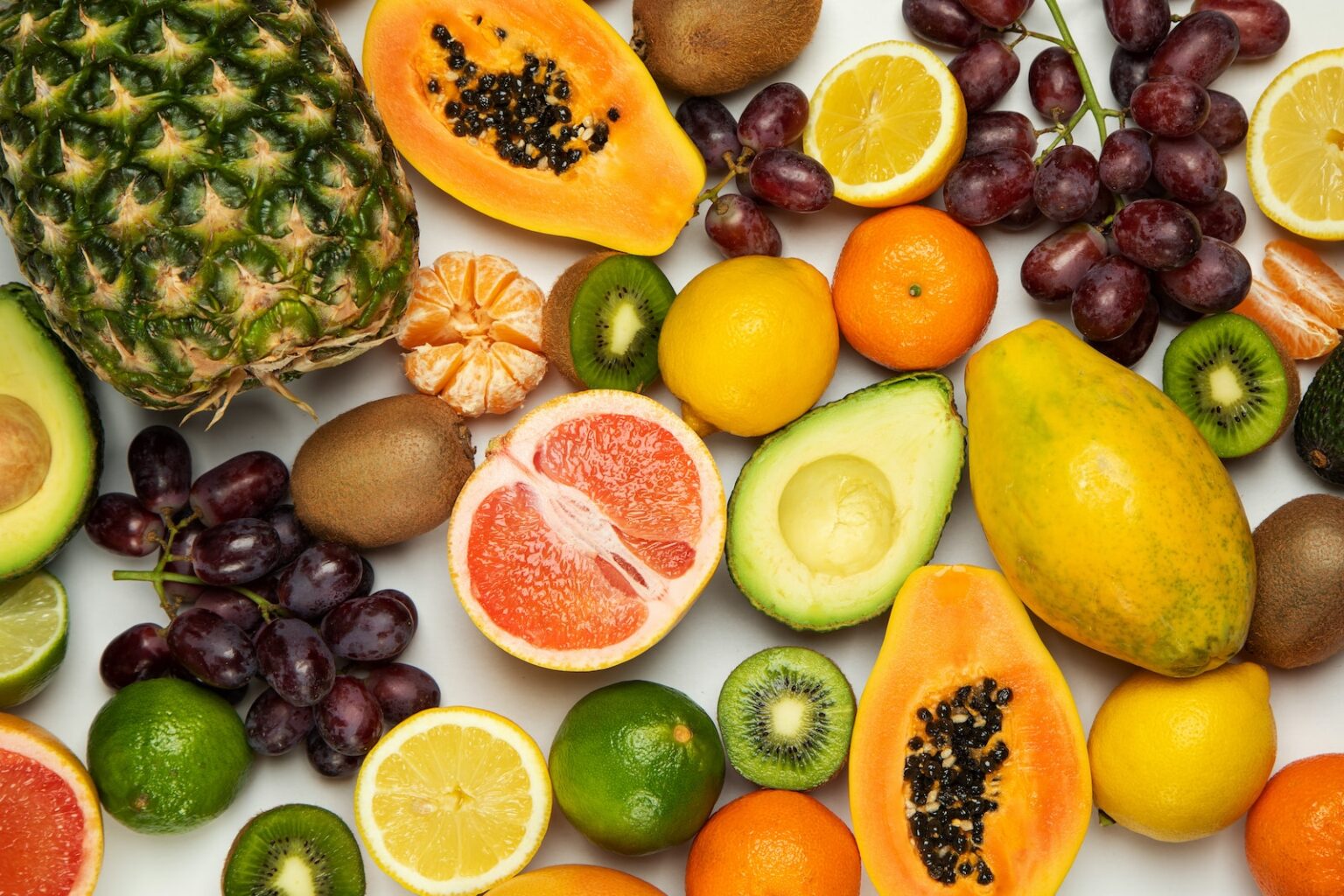An article by the United States Census Bureau caught my eye the other day. It said that about 32 million people lost some of their
government food assistance in March 2023 because the federal government ended emergence
allotments (EAs). States could use EAs to increase Supplemental Nutrition Assistance
Program (SNAP) benefits as long as the federal government still had its public health
emergency (PHE) in effect and the state had issued an emergency or disaster declaration.
The PHE ended in March 2023. Montana distributed EAs in 2020, but ended EAin July
2021 (View USDA Food and Nutrition Service "SNAP Emergency Allotments are Ending") . However, the article went on to say that the share of SNAP-receiving households
who reported that they “sometimes” or “often” did not have enough food to eat was
consistently higher in states that ended EAs early than in states that did not. Yet,
food insecurity rates in states that recently ended the EAs are now similar to states
that ended them early (Brown et al, 2023).
There is vast economics literature on SNAP benefits, including literature documenting
the positive association between SNAP benefits and food security, health outcomes,
and economic self-sufficiency (see, for example Li and Cakir, 2021). However, the
recent economic disruptions caused by the pandemic combined with inflationary prices
in grocery stores might require further examination of policies that help households
access better and more consistent nutrition.
It is estimated that 1 in 10 people in Montana face hunger.1 The Montana Food Bank Network distributes more than 15.6 million meals per year.2 However, the number of persons participating in SNAP in Montana decreased 4.8 percent
from December 2021 to December 2022.3 Many factors could be responsible for the decrease in SNAP participation, including
increased income and reduced eligibility and household migration. However, a recent
study in the American Journal of Agricultural Economics 4 shows that SNAP take-up is higher in states where the purchasing power of SNAP benefits
is greater (due to relatively lower food costs). These findings suggest that participation
in SNAP is a complex decision and not cost-free. For some demographic groups, take-up
might be particularly costly or difficult. For example, it has been shown that elderly
people who do not have vehicles or who live in food deserts are particularly vulnerable
to food insecurity (Fitzpatrick et al 2016).
Numerous studies show that households that receive SNAP benefits consume more than
80% of their benefits within the first 2 weeks (Castner and Henke 2011), leading to
a pattern of consumption known as the “SNAP benefit cycle”. This cycle is the combined
result of inconsistent time preferences (e.g. I would rather consume a lot today and
worry about tomorrow later) and the observed effect of receiving benefits that households
cannot substitute for other needs. That is, if households wanted to purchase more
SNAP eligible purchases per month than the value of their SNAP benefits, then they
could perfectly substitute SNAP benefits for cash. That does not appear to be the
case for most households though. SNAP effectively forces households to spend a greater
share of their benefits on SNAP-eligible items than they would if they received equal
benefits in cash (Smith et al 2016). This makes economists question whether SNAP efficiently
redistributes benefits. Suppose, for example, that households might be able to better
spend these benefits on ineligible items. However, one might argue that SNAP forces
households to make more nutritious purchases, which has positive spillovers for society.
This potential relationship is difficult to measure. In 2021, 41.5 million people
(12.5% of the U.S. population) received SNAP benefits. SNAP is the largest nutrition
assistance program in the United States. Yet, the share of food-insecure households
in the United States consistently remained above 10% for decades (Li and Cakir, 2021).
As food prices continue to rise, perhaps it is time to consider how we as a nation
can better serve our neighbors who are food insecure.
Works Cited
Brown, A.R., Giefer, K.G., and King, M.D. (April 27, 2023) “Impact of the End of Extra SNAP Benefits: Roughly 32 Million people Now Receiving Less Government Food Assistance” U.S. Census Bureau story. https://www.census.gov/library/stories/2023/04/impact-of-the-end-of-extra-snap-benefits.html Accessed April 28, 2023
Castner, L. and Henke, J. 2011. “Benefit Redemption Patterns in the Supplemental Nutrition Assistance Program.” USDA-FNS.
Fitzpatrick, K., Greenhalgh-Stanely, N., and Ver Ploeg, M. 2016. “The Impact of Food Deserts on Food Insufficiency and SNAP Participation among the Elderly.” American Journal of Agricultural Economics 98(1): 19-40.
Li, Qingxiao and Cakir, Metin. 2021. “Estimating SNAP purchasing power and its effect on participation” American Journal of Agricultural Economics. DOI: 10.1111/ajae.12399
Smith, T.A., Berning, J.P., Yang, X. , Colson, G. , and Dorfman, J.H. 2016. “The Effects of Benefit Timing and Income Fungibility on Food Purchasing Decisions among Supplemental Nutrition Assistance Program Households” American Journal of Agricultural Economics 98(2): 564-580.
1 Montana Food Bank Network https://mfbn.org/ Accessed April 28, 2023
2 Feeding America “Montana Food Bank Network” https://www.feedingamerica.org/find-your-local-foodbank/montana-food-bank-network Accessed April 28, 2023
3https://fns-prod.azureedge.us/sites/default/files/resource-files/29SNAPcurrPP-3.pdf
4 Li, Qingxiao and Cakir, Metin. 2021. “Estimating SNAP purchasing power and its effect on participation” American Journal of Agricultural Economics. DOI: 10.1111/ajae.12399 https://onlinelibrary.wiley.com/doi/full/10.1111/ajae.12399
See other Related Articles:
SNAP Benefit is Permanently Increased but Food Security Still Faces Challenges

Diane Charlton
Associate Professor

